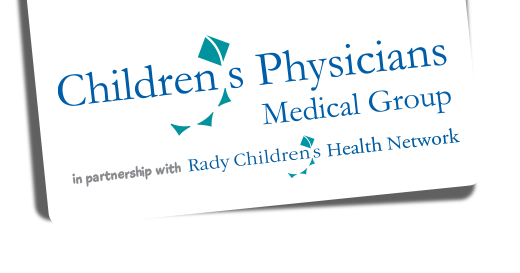Anna Mendenhall, MD, FAAP
Halloween is an exciting time of year for kids, and to help ensure they have a safe holiday, here are some tips from the American Academy of Pediatrics (AAP).
ALL DRESSED UP:
- Provide costumes that are bright and reflective.
- Make sure that shoes fit well and costumes are short enough to prevent tripping, entanglement or contact with flame.
- Consider adding reflective tape or striping to costumes and Trick-or-Treat bags for greater visibility.
- Consider non-toxic makeup/face painting and decorative hats as safer alternatives because masks can limit or block eyesight. Hats should fit properly to prevent them from sliding over eyes.
- When shopping for costumes, wigs and accessories look for and purchase those with a label clearly indicating they are flame resistant.
- If a sword, cane or stick is a part of your child’s costume (not recommended for safety), make sure it is not sharp or too long. A child may be easily hurt by these accessories if he stumbles or trips.
- Obtain flashlights with fresh batteries for all children and their escorts.
- Teach children how to call 9-1-1 (or their local emergency number) if they have an emergency or become lost.
CARVING A NICHE: Small children should never carve pumpkins!
- Children can draw on a face with markers but parents do the cutting.
- Strongly consider using a battery-powered “flameless” candle, flashlight or glow stick instead of a fire-lit candle to light your pumpkin. If you do use a candle, a votive candle is safest.
- Candle-lit pumpkins should be placed on sturdy surfaces, away from curtains and other flammable objects and should never be left unattended.
HOME SAFE HOME: To keep homes safe for visiting trick-or-treaters;
- Parents should remove from the porch and front yard anything a child could trip over such as garden hoses, toys, bikes and lawn decorations
- Parents should check outdoor lights and replace burned-out bulbs.
- Wet leaves should be swept from sidewalks and steps.
- Restrain pets so they do not inadvertently jump on or bite a trick-or-treater.
ON THE TRICK-OR-TREAT TRAIL: A parent or responsible adult should always accompany young children on their neighborhood rounds!
- If your older children are going alone, plan and review the route that is acceptable to you.
- Agree on a specific time when they should return home.
- Only go to homes with a porch light on and never enter a home or car for a treat.
Because pedestrian injuries are the most common injuries to children on Halloween, remind Trick-or Treaters:
- Stay in a group and communicate where they will be going.
- Carry a cell phone for quick communication.
- Remain on well-lit streets and always use the sidewalk.
- If no sidewalk is available, walk at the far edge of the roadway facing traffic.
- Never cut across yards or use alleys.
- Only cross the street as a group in established crosswalks (as recognized by local custom). Never cross between parked cars or out driveways.
- Don’t assume the right of way, motorists may have trouble seeing Trick-or-Treaters. Just because one car stops, doesn’t mean others will!
- Law enforcement authorities should be notified immediately of any suspicious or unlawful activity.
HEALTHY HALLOWEEN: A good meal prior to parties and trick-or-treating will discourage youngsters from filling up on Halloween treats!
- Consider purchasing non-food treats for those who visit your home, such as coloring books or pens and pencils.
- Wait until children are home to sort and check treats. Though tampering is rare, a responsible adult should closely examine all treats and throw away any spoiled, unwrapped or suspicious items.
Try to ration treats for the days following Halloween.
